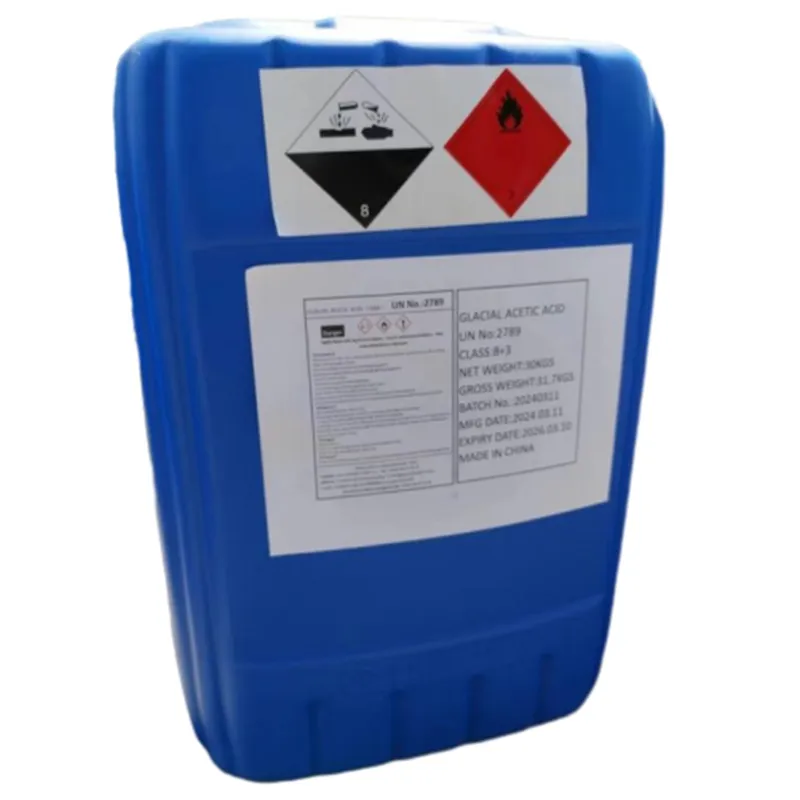
Exploring the Applications and Properties of Styrene Butadiene Styrene in Modern Industries
Styrene-Butadiene-Styrene (SBS) Properties, Applications, and Future Trends
Styrene-Butadiene-Styrene (SBS) is a type of thermoplastic elastomer (TPE) that has gained widespread traction in various industries due to its versatility and unique properties. As an important member of the styrenic block copolymer family, SBS consists of a polystyrene segment and a polybutadiene segment, which contributes to its exceptional elasticity, resilience, and thermal stability. This article delves into the properties, applications, and future trends of SBS, showcasing its integral role in modern materials science.
Properties of SBS
The unique structure of SBS plays a crucial role in defining its physical properties. One of the most notable traits of SBS is its rubber-like elasticity, which allows it to be stretched and deformed without permanent damage. This characteristic is primarily derived from the polybutadiene mid-block, which provides flexibility and resilience. The polystyrene domains, on the other hand, act as hard segments that confer strength and stability upon the material.
In addition to excellent elasticity, SBS also exhibits good thermal stability and resistance to UV radiation, making it suitable for outdoor applications. Its chemical resistance is another beneficial property, allowing it to endure exposure to various chemicals, oils, and solvents without significant degradation.
Furthermore, SBS can be modified and blended with other materials, such as fillers, plasticizers, and other polymers, to tailor its properties for specific applications. This adaptability has made SBS a popular choice for manufacturers seeking to enhance the performance of their products.
Applications of SBS
The versatility of SBS has led to its incorporation in a wide range of applications across multiple industries. One of the most prominent uses of SBS is in the production of adhesives and sealants. Its excellent bonding properties, flexibility, and durability make it an ideal component in construction adhesives, automotive sealants, and various industrial adhesive formulations.
In the automotive industry, SBS is frequently employed in the manufacturing of tires and other components due to its superior performance characteristics. Tires made with SBS exhibit enhanced traction and durability, contributing to improved safety and performance on the road. Additionally, SBS is used in vibration damping materials, automotive interior components, and weatherstripping, helping to enhance passenger comfort.
styrene butadiene styrene

Another significant application of SBS is in the production of road pavement materials. SBS-modified asphalts have been shown to improve the performance of asphalt mixtures, leading to increased durability, resistance to cracking, and better performance under varying weather conditions. This has made SBS an essential material in the construction and maintenance of roads and highways.
SBS is also commonly used in consumer goods, such as footwear, toys, and medical devices. Its flexibility and comfort make it an attractive choice for products that require a soft touch and excellent durability. Additionally, the sports and recreation industries have embraced SBS for the development of high-performance equipment that benefits from its shock-absorption properties.
Future Trends in SBS
Looking ahead, the demand for SBS is projected to grow steadily, driven by advancements in material science and increasing applications across various sectors. As sustainability becomes a more significant concern, the development of bio-based and recycled SBS materials is gaining traction. Manufacturers are exploring eco-friendly alternatives that retain the desirable properties of traditional SBS while minimizing environmental impact.
Moreover, ongoing research aims to enhance the performance of SBS through innovative processing techniques and the incorporation of nanomaterials. These advancements could lead to improved mechanical properties, thermal stability, and resistance to various environmental factors, further expanding the range of potential applications.
The rise of electric vehicles (EVs) also presents new opportunities for SBS, particularly in the areas of battery technology and lightweight materials. As the automotive industry shifts towards sustainability, the integration of SBS in EV components could play a vital role in enhancing performance while reducing weight.
Conclusion
Styrene-Butadiene-Styrene (SBS) stands out as a remarkable material with a plethora of applications across diverse industries. Its unique properties, including elasticity, durability, and chemical resistance, have made it a favorite among manufacturers and consumers alike. As industries continue to evolve and prioritize sustainability, the future of SBS appears bright, with ongoing innovations promising to enhance its performance and broaden its applications even further. The continuous research and development in this field reaffirm SBS's position as a cornerstone of modern materials science, set to shape the future of production and application in a wide range of sectors.
-
Pure Sodium Dichloroisocyanurate Dihydrate | Powerful DisinfectantNewsAug.29,2025
-
Industrial Chemicals: Quality & Purity for Every IndustryNewsAug.28,2025
-
Nitrile Rubber Honoring Strict Production StandardsNewsAug.22,2025
-
Aspartame Ingredients Honoring Food Safety ValuesNewsAug.22,2025
-
Fertilizer for Balanced Plant NutritionNewsAug.22,2025
-
Cyanide Gold Processing with High Purity AdditivesNewsAug.22,2025
-
Formic Acid in Textile Dyeing ApplicationsNewsAug.22,2025
Hebei Tenger Chemical Technology Co., Ltd. focuses on the chemical industry and is committed to the export service of chemical raw materials.
-

view more DiethanolisopropanolamineIn the ever-growing field of chemical solutions, diethanolisopropanolamine (DEIPA) stands out as a versatile and important compound. Due to its unique chemical structure and properties, DEIPA is of interest to various industries including construction, personal care, and agriculture. -

view more TriisopropanolamineTriisopropanolamine (TIPA) alkanol amine substance, is a kind of alcohol amine compound with amino and alcohol hydroxyl, and because of its molecules contains both amino and hydroxyl. -

view more Tetramethyl Thiuram DisulfideTetramethyl thiuram disulfide, also known as TMTD, is a white to light-yellow powder with a distinct sulfur-like odor. It is soluble in organic solvents such as benzene, acetone, and ethyl acetate, making it highly versatile for use in different formulations. TMTD is known for its excellent vulcanization acceleration properties, which makes it a key ingredient in the production of rubber products. Additionally, it acts as an effective fungicide and bactericide, making it valuable in agricultural applications. Its high purity and stability ensure consistent performance, making it a preferred choice for manufacturers across various industries.





